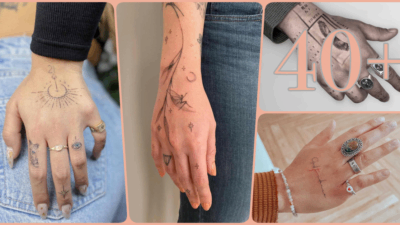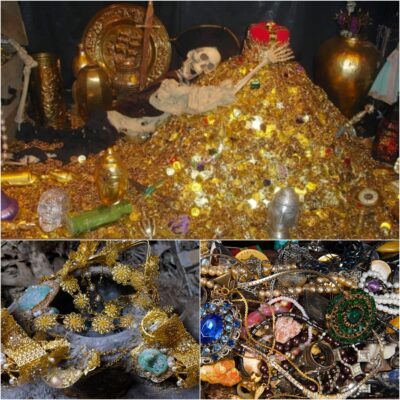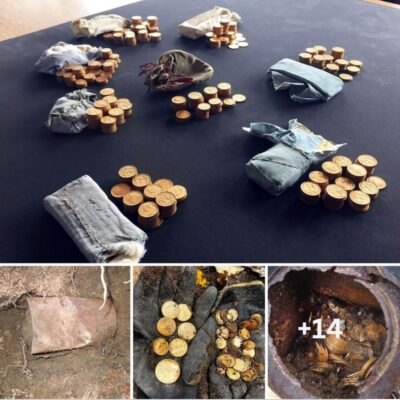Manolis Andronikos discovers the tomb of the Macedonian King Philip II in Vergina. This is one of the greatest archaeological discoveries of the 20th century, which proves the Greek origins of Macedonia.

The bones of Alexander the Great’s father were kept in a golden shrine for many centuries. For Professor Manolis Andronikos and his team, these were not only days of joy, but also of hard work and justification. Narrating the chronicle of his discovery, he had said:

Manolis Andronikos in the excavations of Vergina
“My colleagues were gathered all around. I kept digging, and soon I was sure I was happy. I had found the first untouchable Macedonian tomb. That night, like all the following nights, it was impossible to sleep for more than two or three hours.

Manolis Andronikos in the excavations of Vergina
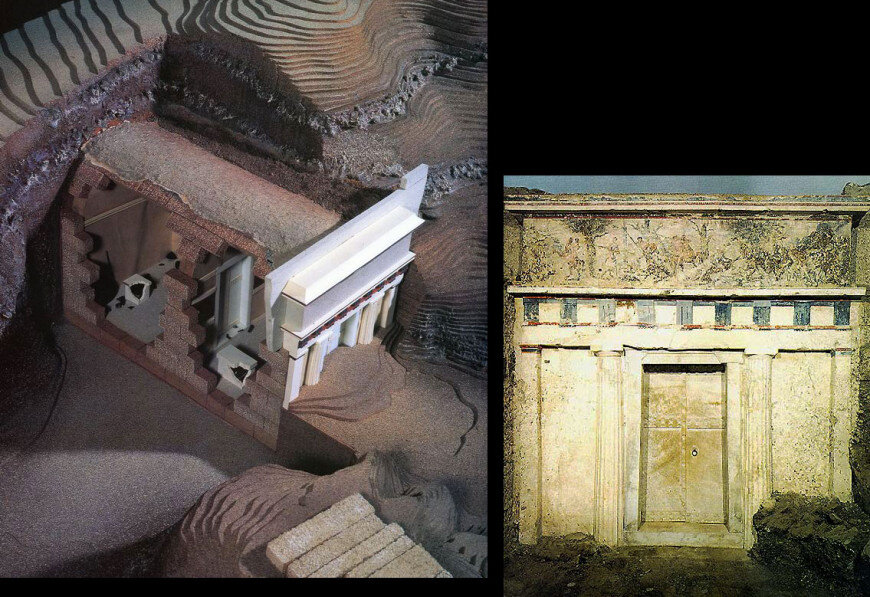
The tomb of Philip II
The only difficulty we encountered was that while we were lifting the lid, we could clearly see its contents, and we had to be able to keep a cool head and continue our work, even if our eyes were blurred by what we saw and our hearts were beating and was going to break from the emotions.
Inside the sarcophagus was a shrine made entirely of gold. On its lid was an imposing embossed star with sixteen rays and a rosette in the middle. With great care and emotion I lifted the lid with the star.

The interior of the tomb of Philip in the first photographs.
But what we saw once again took our breath away, dazzled our eyes and flooded us with awe: the most unexpected spectacle was an all-gold wreath of leaves that was folded and placed on the bones.
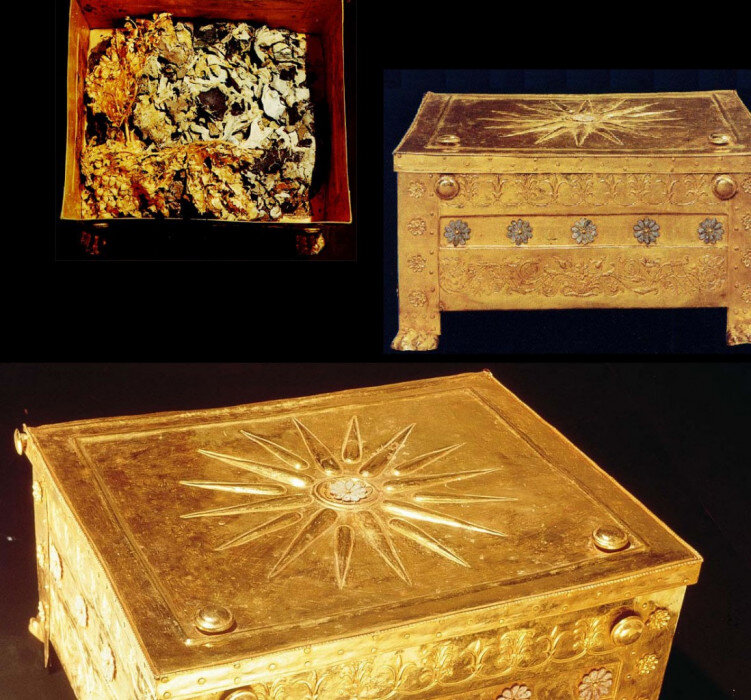
The big golden shrine from the tomb of Philip. In the smallest, the bones of the dead young royal wife are covered by a golden-purple cloth.
I said to myself: “If the suspicion you have that the tomb belongs to Philip is true, then you have held the Shrine with its bones in your hands. “Such a thought is so incredible that seems completely unreal.” I do not think I have ever experienced such a disturbance in my life and I never will…”.
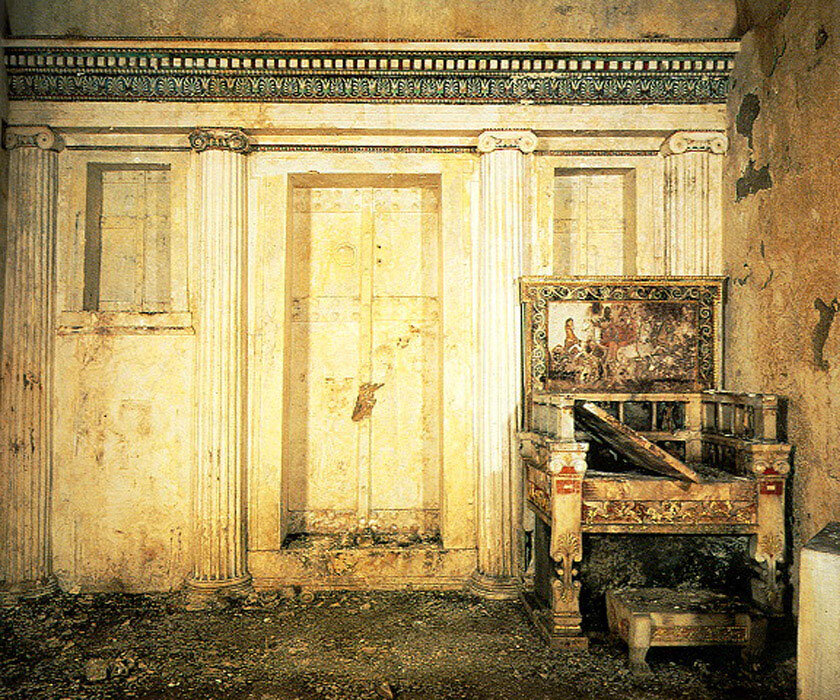
The “tomb of Persephone” with the unique marble throne. The tomb is attributed to the mother of Philip Eurydice, which is why it is also called the “tomb of Eurydice”.
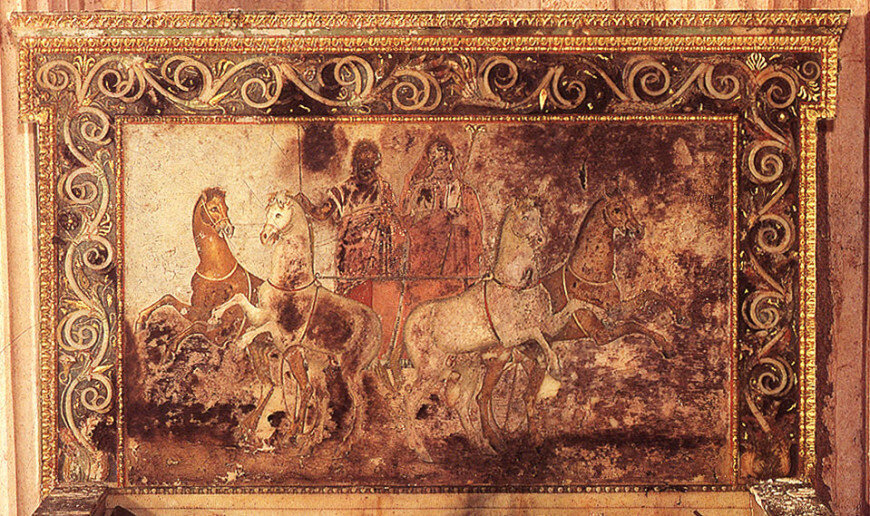
Painting of Pluto and Persephone
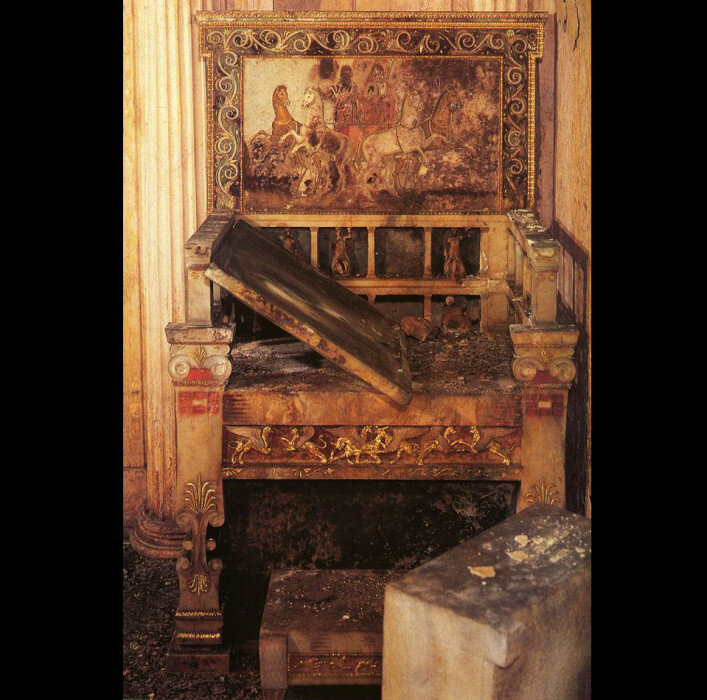
The throne in the “tomb of Persephone”

Cuirass of Philip II of Macedon
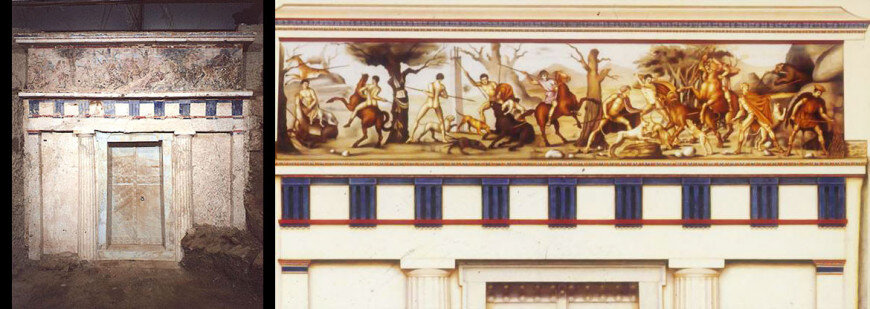
The facade of the tomb of Philip with the enigmatic mural of the hunt
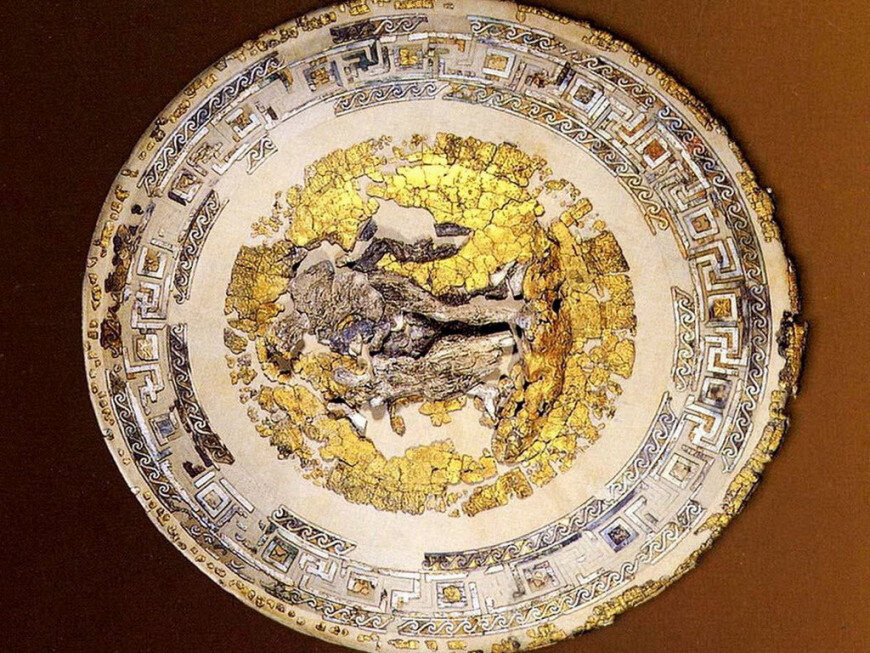
Philip II of Macedonia’s gold and ivory shield, from the Royal tombs of Vergina






